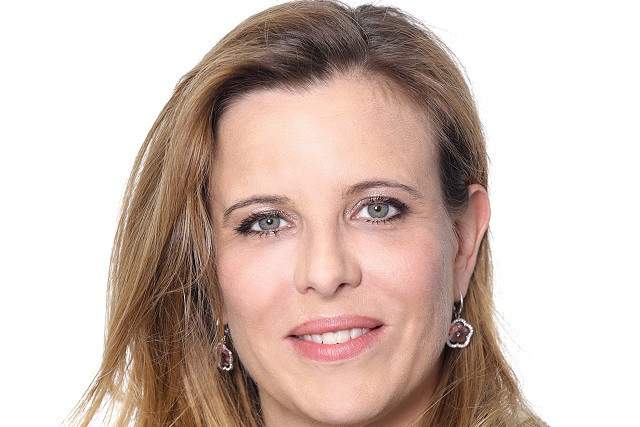Managers of funds domiciled in Luxembourg will drive many restructurings in the short to medium term as there is a likely increase in secondary sales due to investors selling out rather than defaulting, or rebalancing given the drops in the public markets. The secondaries market is larger and more developed than in 08/09.
Secondaries Investor stated at the end of March that there is approximately US $140bn in dry powder held by secondaries players – 4 times the amount held in 08. Therefore, defaults are less likely than then and investors are likely to tap the secondary market. This is also facilitated by today’s LP allocations, which are more flexible than in 08/09. This means that we should expect (i) less distress from rebalancing investors and (ii) discounts available if sellers are potential defaulters.
As regards purchases of fund LP interests (typically as a portfolio or as tender offer/block sale relating to a GP-led restructuring), one of the key issues is the LP clawback or giveback obligations of the selling LP. This often comes as the potential wild card in the transaction. If a giveback is exercised, it could substantially and adversely change the economics of a transaction from a secondary buyer’s perspective. That said, in general we find it is difficult as part of a typical LP sale to allocate the risk of a giveback to the seller. Sellers would typically be looking to take the fund position they are selling off their balance sheet and would not be interested in retaining a contingent liability post-sale, particularly if they are selling their fund LP position at a discount. At the same time, this risk is mitigated by fund managers who are expected to be reluctant to exercise a clawback to protect their relations with their investors. In addition, fund managers often have access to insurance (and possibly undrawn and unreserved capital), which is a less controversial means of funding, for example, an indemnification claim.
In so far as GP-led solutions are concerned, these transactions are complex and inevitably throw up conflict issues. The Institutional Limited Partner Association has published recommendations for how “GP-led fund restructurings” should be organised, with recommendations based on responsibility, transparency and process to try and encourage a better result for investors and GPs. This is because some LPs complain that GPs are short on transparency, though in our experience, it should be noted that often answers are in the terms of the LPA. In practice, we would expect these to show first with funds that purchased at high valuations (particularly the 2017 vintage of funds invested during the high valuations), funds expecting to struggle to raise successor funds, or funds looking for GP-led restructurings towards the end of life of the fund if their assets are not ready for an exit. These drivers will not be the only drivers for GP-led restructurings: GPs will also look for (i) opportunities to raise fresh capital for the funds they manage or themselves, (ii) time to exit the portfolio at reasonable values or for options to hold assets for longer to maximize returns, (iii) solutions to address LP requests for liquidity and (iv) options to reset “underwater” carry economics if that is possible under fund LPA terms. One of the key issues relates to determination of a mechanism for ensuring a fair market valuation (in-line with regulatory obligations and conflict rules). This may include putting the portfolio assets through an auction, getting independent valuation, etc. Another major issue relates to the management of conflicts of interests, taking into consideration the manager’s existing conflicts of interest policy, which does not always provide for specific conflicts arising with a GP-led restructuring as conflicts may also arise between employees and LPs, the manager and LPs, different LPs and LPs and investee companies. In such transactions, often personal interests conflict with the interests of the relevant fund as the decision makers of GP/manager have board memberships in the underlying holding(s) holding the asset and/or they have a personal interest with carried interest in the fund and as applicable, the new fund.
Whether by the sale of a portfolio of LP interests, the sale of some or all fund investments to a new fund managed by the existing GP, with a strip sale, or structured with a preferred equity stapled investment, restructurings will soon on the front scene and they will be, in many cases, a major capital solution to funds and fund managers.
